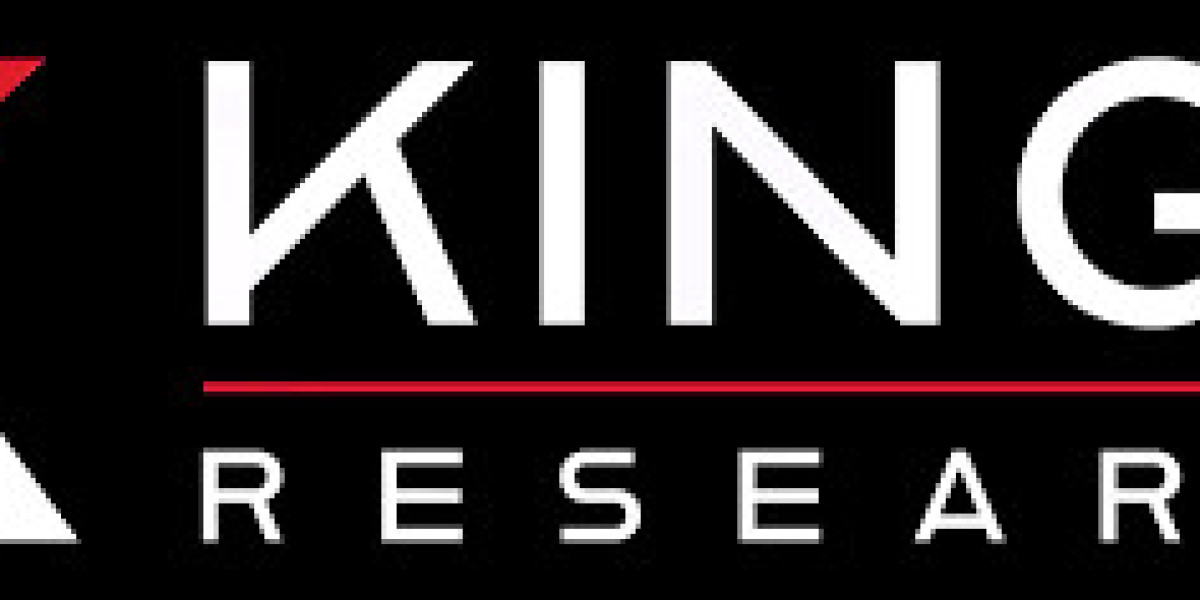Finding the correct balance between overstocking and stockouts is critical for ensuring efficient operations, lowering costs, and maintaining customer happiness. Modern inventory forecasting systems, such as thouSense, have changed the way firms manage their inventory by making stock projections more exact and responsive. This article looks at how these technologies improve inventory forecasting and why they're essential for organizations of all sizes.
Why Precise Inventory Forecasting Matters
Businesses are able to maintain optimal stock levels, reduce costs, and enhance customer satisfaction with the help of accurate inventory forecasting. Poor forecasting, on the other hand, can lead to inefficiencies and financial losses.
- Reduced storage costs: By maintaining just the right amount of inventory, businesses can minimize the costs associated with storing excess stock, such as warehousing and insurance.
- Improved cash flow: Precise forecasting ensures that capital is not tied up in unnecessary inventory, freeing up resources for other critical operations.
- Customer satisfaction: Ensuring product availability reduces the chances of stockouts, keeping customers happy and loyal to the brand.
Challenges in Inventory Forecasting
Inventory forecasting is not without its challenges, especially in today’s volatile markets. However, modern tools are designed to address these complexities effectively.
- Fluctuating demand patterns: Consumer behavior is often unpredictable, leading to inaccurate forecasts. Historical and real-time data given by advanced tools are used to analyze and to predict demand more reliably.
- Data silos: Disconnected data across departments can lead to inconsistent insights. Inventory forecasting tools consolidate data into a single platform for a comprehensive view.
- Seasonal demand spikes: Managing inventory during peak seasons requires precise forecasting to avoid overstocking or running out of stock.
How Inventory Forecasting Tools Address These Challenges
Modern inventory forecasting tools, such as thouSense, leverage technology to overcome traditional forecasting challenges and improve accuracy.
- Real-time analytics: Tools analyze live data, including sales trends and market conditions, to provide timely insights that enhance decision-making.
- AI-powered predictions: Advanced algorithms detect patterns in historical data and factor in external influences like market trends, enabling accurate forecasts.
- Automated updates: Automated processes reduce manual effort and ensure that inventory levels are adjusted in line with demand fluctuations.
Key Features of Inventory Forecasting Tools
Modern inventory forecasting tools come equipped with robust features that streamline stock management and forecasting processes.
- Predictive analytics: These tools predict future inventory needs with precision, helping businesses stay proactive rather than reactive in managing stock.
- Integration with ERP systems: Seamless integration ensures that inventory data flows smoothly between sales, procurement, and logistics, creating a unified operational framework.
- Customizable dashboards: User-friendly dashboards present key metrics like inventory turnover rates and reorder points in a visually intuitive manner, making data easier to analyze.
Why thouSense Excels as an Inventory Forecasting Tool
thouSense stands out as a powerful inventory forecasting tool due to its advanced technology and user-focused design.
- AI-driven insights: thouSense uses machine learning to identify trends and anomalies, delivering accurate forecasts that adapt to changing market dynamics.
- Real-time notifications: Businesses receive instant updates on inventory levels and demand changes, enabling quick adjustments to avoid disruptions.
- Scalable solutions: Whether for small businesses or large enterprises, thouSense offers flexible solutions that grow alongside the company’s needs.
Benefits of Inventory Forecasting Tools
The adoption of inventory forecasting tools provides a wealth of advantages, helping businesses achieve operational efficiency and financial stability.
- Reduced wastage: Accurate forecasts prevent overordering, which reduces the risk of inventory spoilage or obsolescence.
- Cost savings: By maintaining optimal stock levels, businesses can lower warehousing costs and avoid unnecessary expenditures on excess inventory.
- Better supplier management: Reliable forecasts enable businesses to plan purchase orders effectively, strengthening relationships with suppliers and ensuring timely deliveries.
Applications of Inventory Forecasting Tools Across Industries
Inventory forecasting tools are used across various industries to address unique challenges and improve operational efficiency.
- Retail: Tools help retailers stock up on in-demand products while avoiding overstocking less popular items, particularly during promotional or holiday seasons.
- Manufacturing: Forecasting tools align raw material procurement with production schedules, ensuring efficient use of resources and reducing downtime.
- Healthcare: Precise inventory forecasting ensures that critical medical supplies and equipment are available when needed, improving patient care and operational efficiency.
Overcoming Barriers to Tool Adoption
While inventory forecasting solutions have several advantages, firms may encounter difficulties during their deployment. However, these obstacles may be efficiently overcome.
- Data quality issues: Tools like thouSense cleanse and standardize data from multiple sources, ensuring reliable insights for accurate forecasting.
- Training and adoption: Comprehensive training programs familiarize teams with the tool’s features and functionalities, ensuring seamless adoption across departments.
- Concerns about initial investment: While these instruments demand an initial investment, the long-term gains from lower expenses and increased efficiency far surpass the cost.
Tips for Effective Inventory Management Using Forecasting Tools
To maximize the benefits of inventory forecasting tools, businesses should follow best practices and strategies during their implementation.
- Define clear objectives: Establish specific goals, such as reducing inventory turnover time or improving stock accuracy, to guide tool usage.
- Monitor key metrics: Track metrics like reorder points, lead times, and demand patterns regularly to refine forecasting processes and maintain optimal stock levels.
- Encourage collaboration: Ensure seamless communication between departments such as sales, procurement, and logistics to align inventory strategies with broader business goals.
Conclusion
Inventory forecasting tools like thouSense are transforming stock management by delivering accurate predictions, real-time updates, and actionable insights. These tools empower businesses to optimize their inventory levels, reduce costs, and enhance customer satisfaction. In an increasingly competitive landscape, adopting advanced inventory forecasting tools is not just an option—it’s a necessity for long-term success.
FAQs
1. What is a demand forecasting tool?
A demand forecasting tool is a software solution that uses data analytics and AI to predict future consumer demand, helping businesses optimize inventory and operations.
2. How does thouSense improve demand forecasting?
thouSense uses AI-driven predictions, real-time updates, and seamless integration to deliver accurate and actionable demand forecasts.
3. Can small businesses benefit from demand forecasting tools?
Yes, tools like thouSense are scalable and suitable for businesses of all sizes, helping them streamline operations and improve decision-making.
4. What industries benefit the most from these tools?
Industries such as retail, manufacturing, and logistics leverage demand forecasting tools to align operations with demand and improve efficiency.
5. Are these tools challenging to implement?
With proper training and strategic planning, demand forecasting tools can be implemented smoothly, delivering immediate and long-term value.
Explore our AI-based SaaS platform to predict sales volume and demand trends. To know more, visit: https://thousense.ai/pricing
Source: https://www.party.biz/blogs/162217/397005/inventory-forecasting-tools-need-for-precise-stock-management








